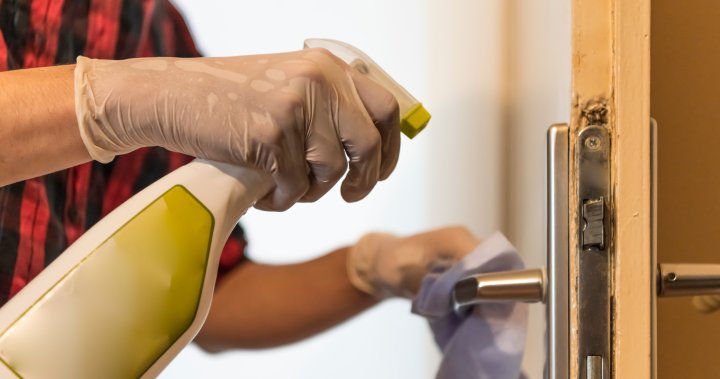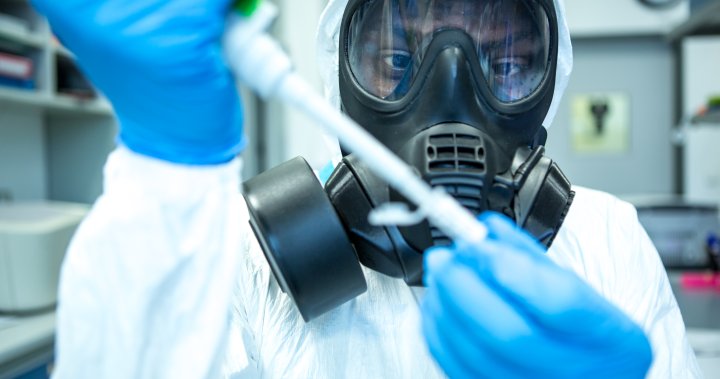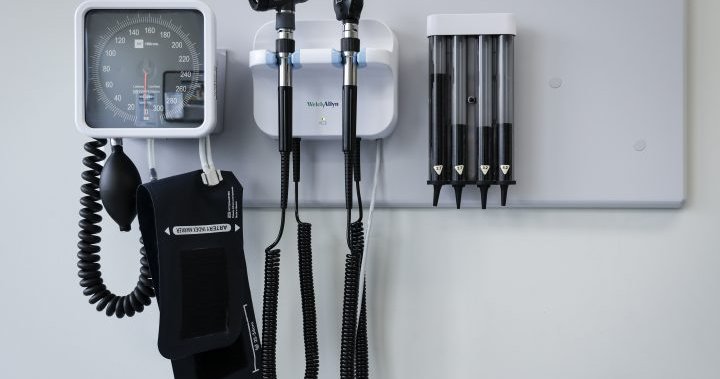As the warmer spring weather arrives, many Canadians are gearing up for the annual ritual of deep cleaning their homes, aiming to banish every speck of dust and grime. But amid the frenzy of scrubbing and sanitizing, a question arises: how clean should your house be?
Spring cleaning is traditionally a time when people tackle tasks around the house they may not typically get to, whether clearing out the garage, deep cleaning the oven, or finally organizing that messy junk drawer haunting them all year.
“What we’re trying to do is we’re trying to create a more fresh environment,” explained Jason Tetro, a microbiologist based in Edmonton and specialist in emerging pathogens.
“And so cleaning, getting rid of dust, that’s a really good thing to do. It helps to reduce the potential for inflammation. Spring cleaning is absolutely fantastic when it comes to preventing the likelihood of irritation, asthma and any other types of allergies.”
Fifty-nine per cent of Canadians participate in annual spring cleaning, according to a 2022 Ipsos Survey conducted for cleaning supplies manufacturer Libman Company. The survey also revealed that spring cleaning could have positive implications for people’s health, with 90 per cent of respondents emphasizing the importance of a clean home for mental well-being, closely followed by physical health concerns, with 89 per cent echoing similar sentiments.
If you do decide to take part in spring cleaning, Tetro emphasized the distinction between cleaning and disinfecting, noting that they serve two different purposes. While cleaning may improve aesthetics or leave a pleasant scent, disinfecting involves eliminating germs.
Tetro recommended a targeted hygiene approach for disinfecting, focusing on areas most likely to harbor pathogens.
Many people may not enjoy the sight of dirt and dust and may feel compelled to thoroughly scrub their houses from top to bottom in pursuit of a fresher atmosphere, Tetro said.
“There’s nothing wrong with that. Where it becomes a bit different is when you are disinfecting absolutely everything,” he said. “If you want to disinfect everything so that there are no more microbes, you’re going to fail because the germiest place in any house is you.”
The latest health and medical news
emailed to you every Sunday.
The moment a person enters a room, millions of microbes can be shed from them, he said. Because of this, achieving complete disinfection of a house is virtually impossible, as microbes will always be present in the environment.
He pointed out that the COVID-19 pandemic further exacerbated the notion of disinfecting everything. However, he said that the virus can be easily killed with soap and water.
While some people may want to disinfect their entire home, others may be prone to leave the dirt in the belief it’s good for their immune system.
This is called the hygiene hypothesis, which argues that exposure to certain germs is essential for the proper development of the immune system. According to this hypothesis, a lack of exposure to these pathogens due to improved sanitation and hygiene practices may lead to an increased risk of allergic and autoimmune diseases later in life.
However, Tetro argued that living in a clean house probably doesn’t cause any harm to the immune system. If anything, sweeping out the dust and disinfecting the toilet may even contribute to reducing allergies and illnesses.
“Honestly, living in an urban environment prevents you from getting that exposure,” he said. “It’s just basically being indoors and not having exposure to the outside. Which is why when it comes to getting that microbe exposure, you want to bring kids out into the natural spaces.”
In other words, a little dirt isn’t going to harm anyone.
“The reality is you’re never going to get the exposure you want indoors. You need to go outside to get that exposure,” he said, adding this could be a garden, farm, forest, or playground.
When approaching spring cleaning, Tetro said to consider adopting a targeted hygiene strategy. This method involves directing your efforts toward areas that are most prone to harbouring pathogens. By prioritizing these spots, you can effectively reduce the risk of exposure to illness.
These spots include the bathroom, the kitchen sink and counter, as well as frequently touched items like the remote control, door handles, keyboard and a cellphone.
“It’s the places where there’s going to be fecal matter or places where you know that there’s going to be the potential for sick people to come in and around,” he said.
However, the ottoman, a dresser or vertical shades may not be spots that need to be regularly disinfected.
Soap and water go a long way when cleaning the house, Tetro said. But if you want to do a deep cleaning using hydrogen peroxide or bleach, make sure the room is well-ventilated.
He cautioned that bleach has the potential to cause irritation and trigger headaches.
According to Health Canada, household bleach can be used to kill bacteria, fungi, or viruses, but it can irritate or burn your skin, eyes or lungs if not handled safely. Mixing bleach with other cleaning products can produce toxic gas, so it’s important to avoid doing so.
The health regulator also recommends ensuring proper ventilation by opening windows or doors and running exhaust fans during and after using bleach. It’s also advised to use goggles and rubber gloves to protect your eyes and skin when handling the product.
© 2024 Global News, a division of Corus Entertainment Inc.




